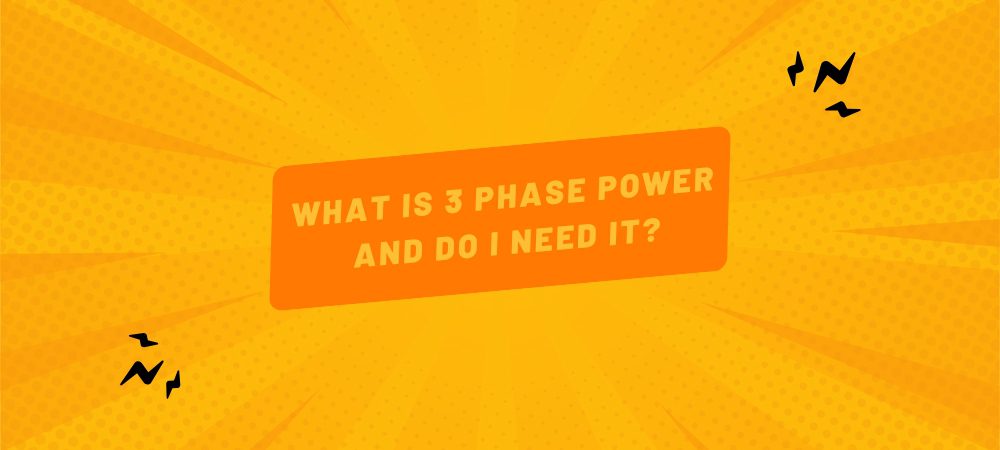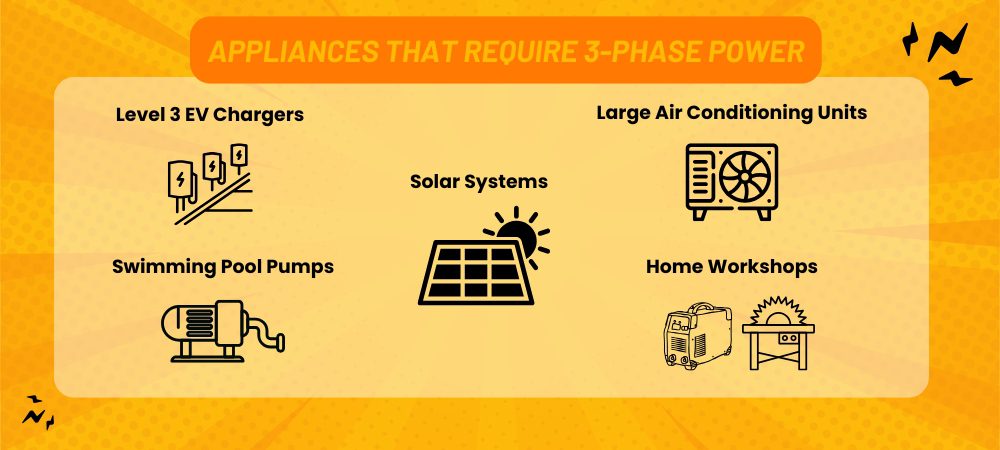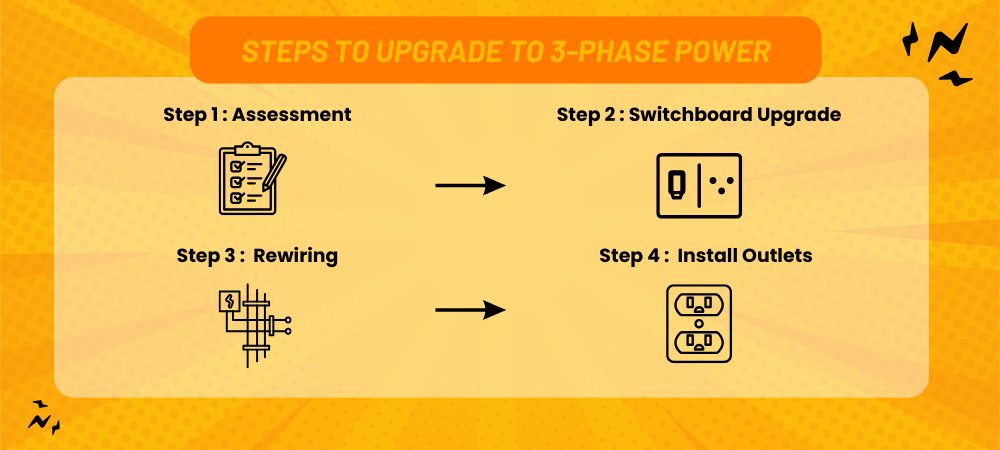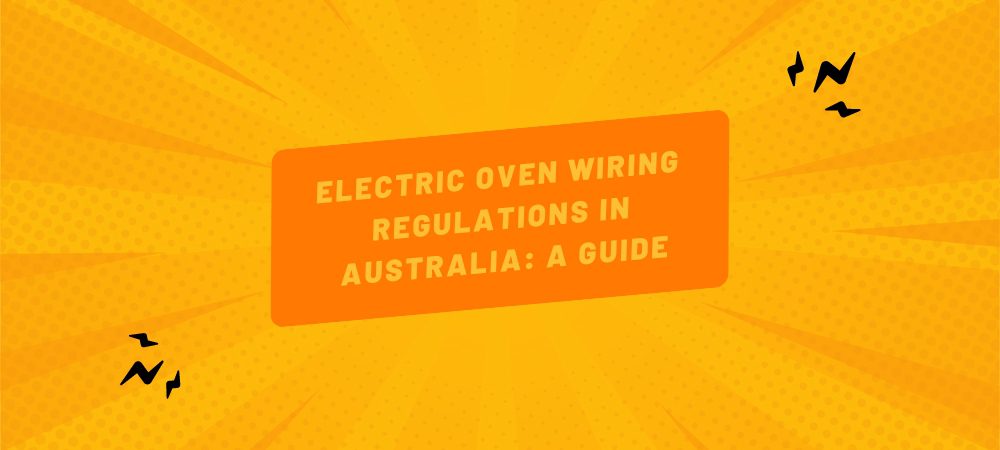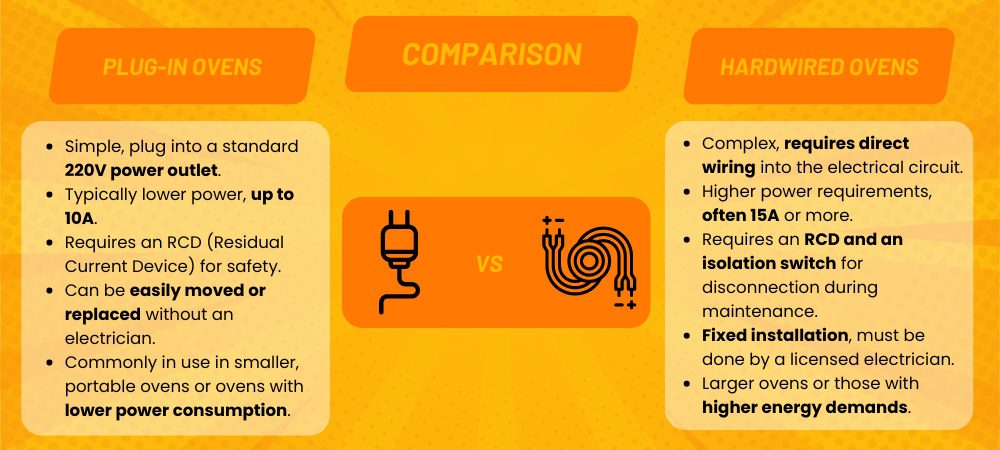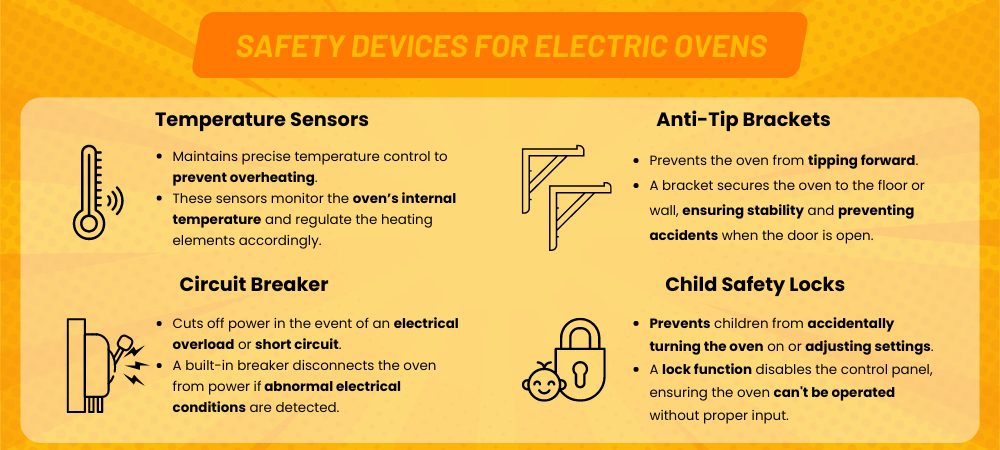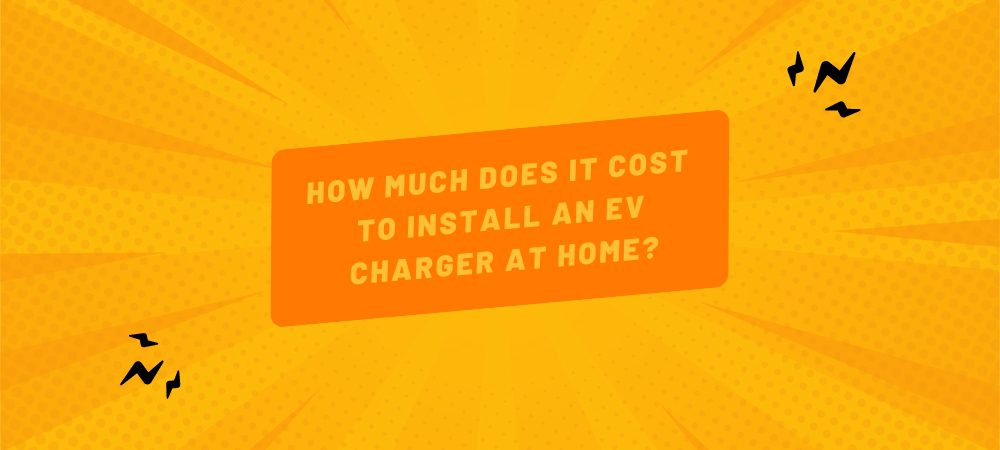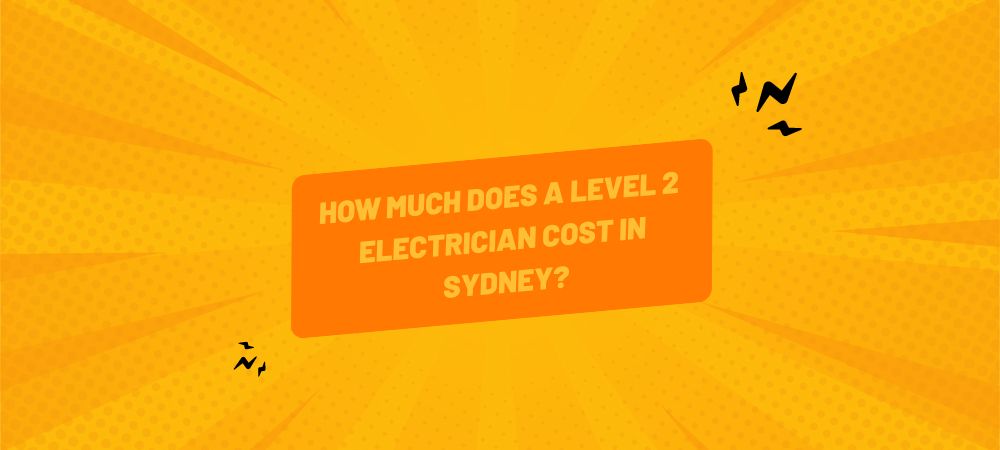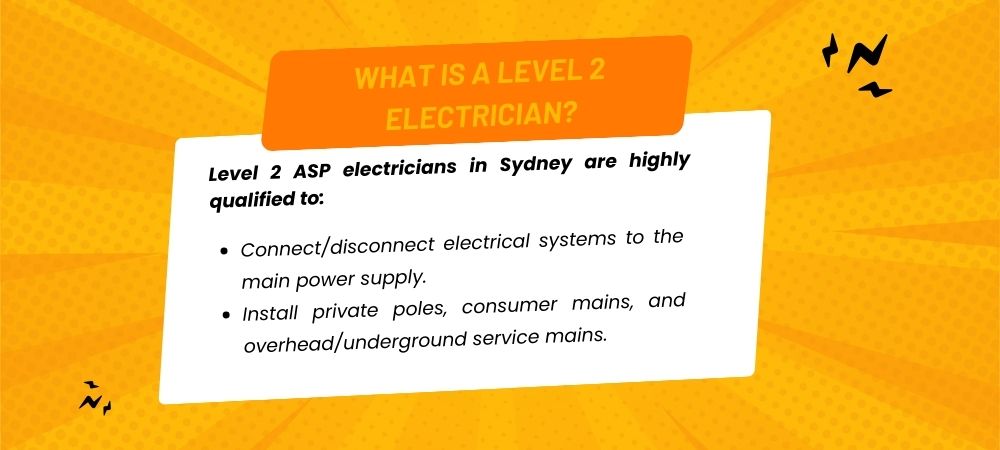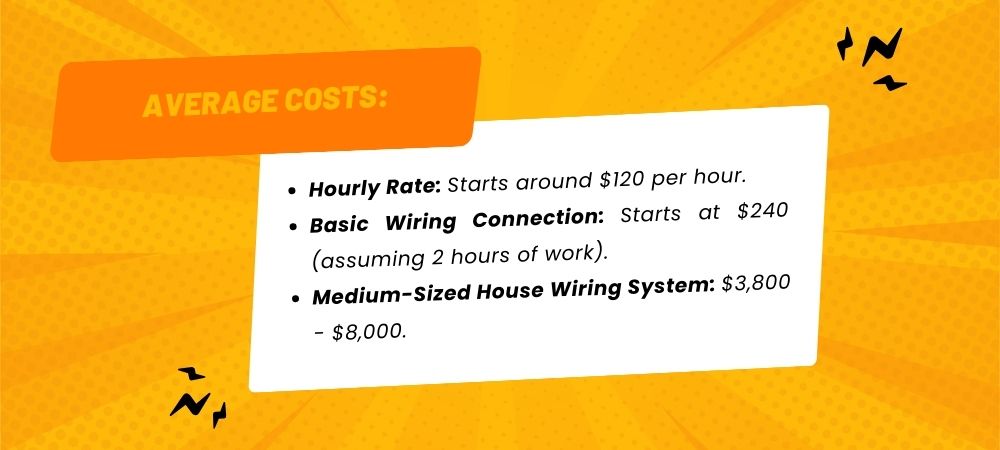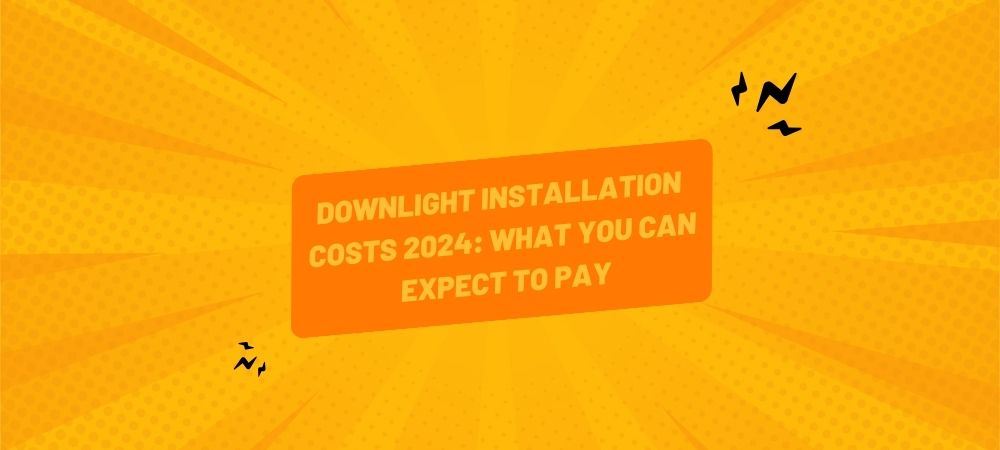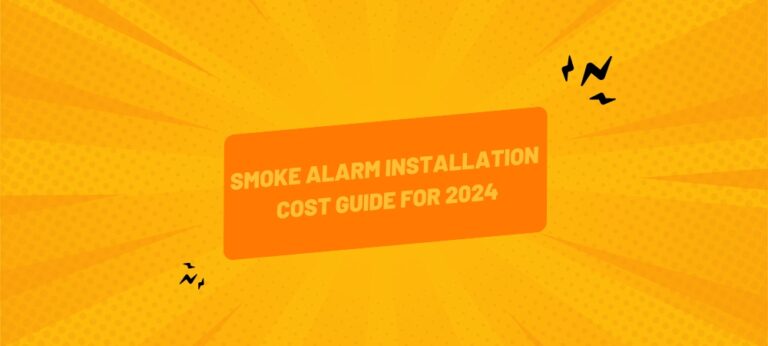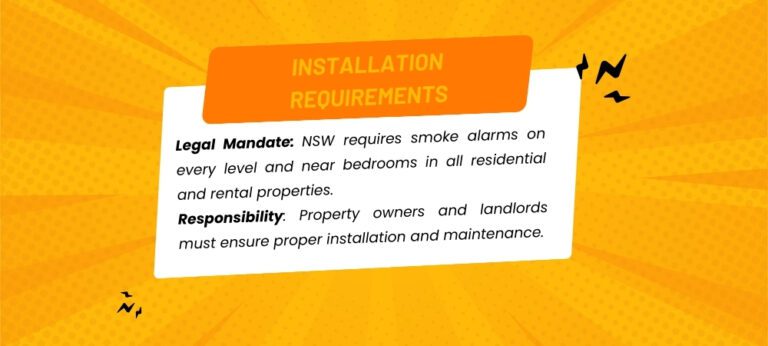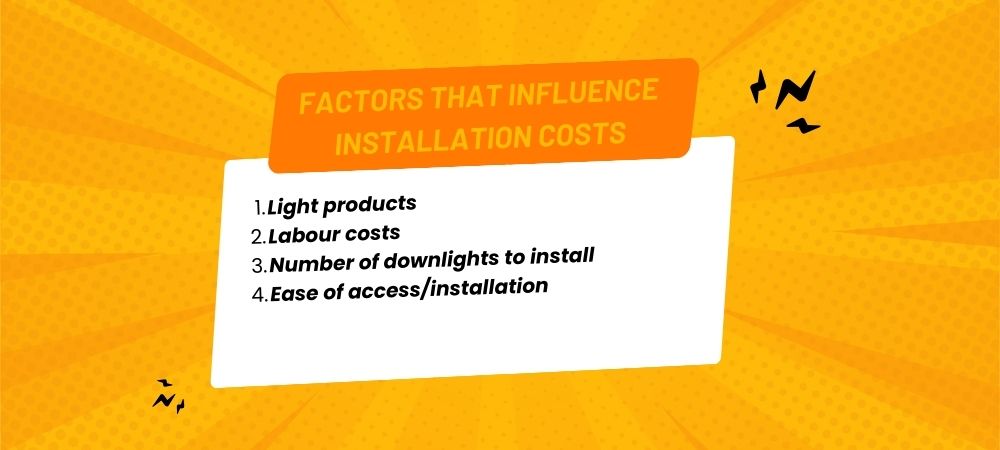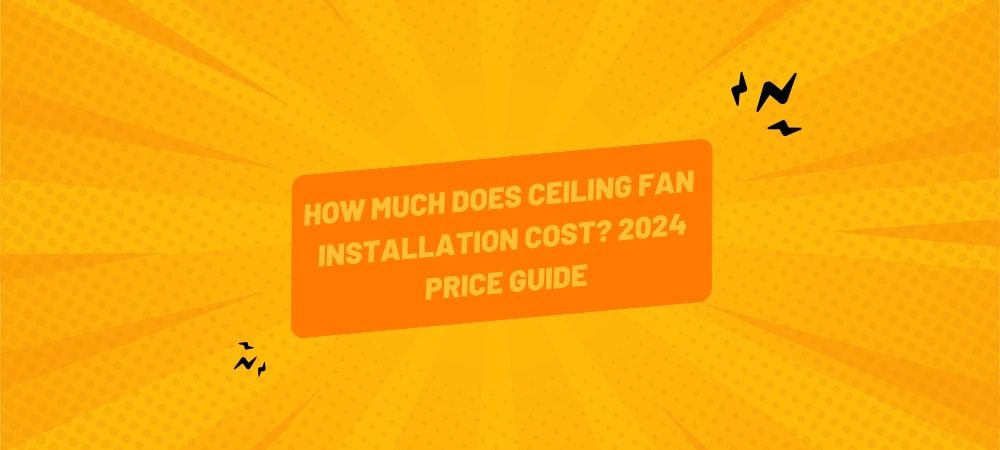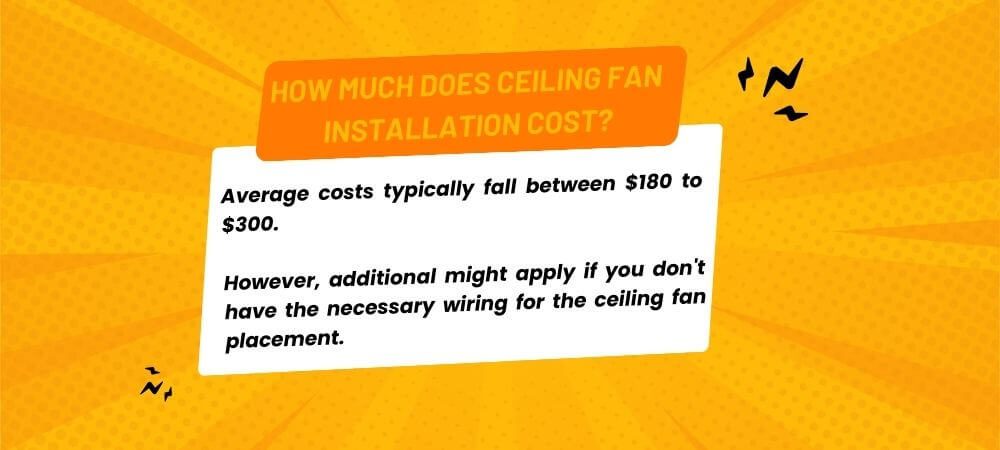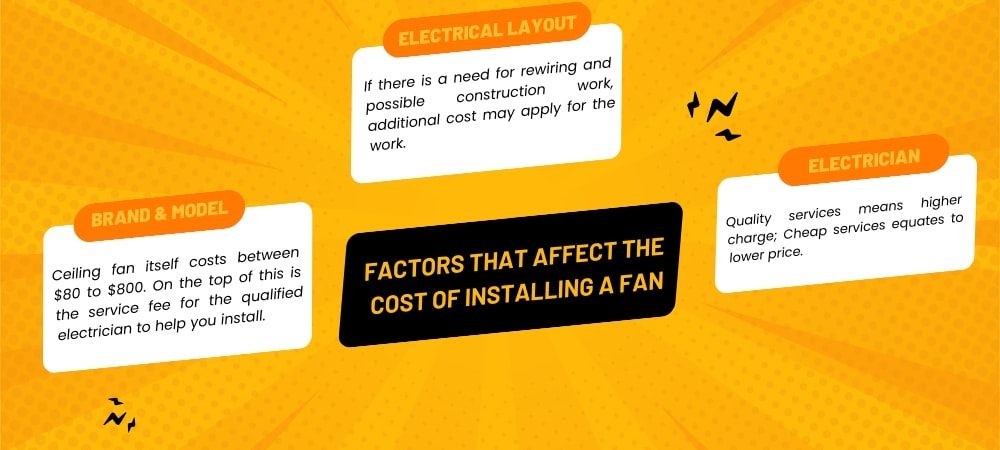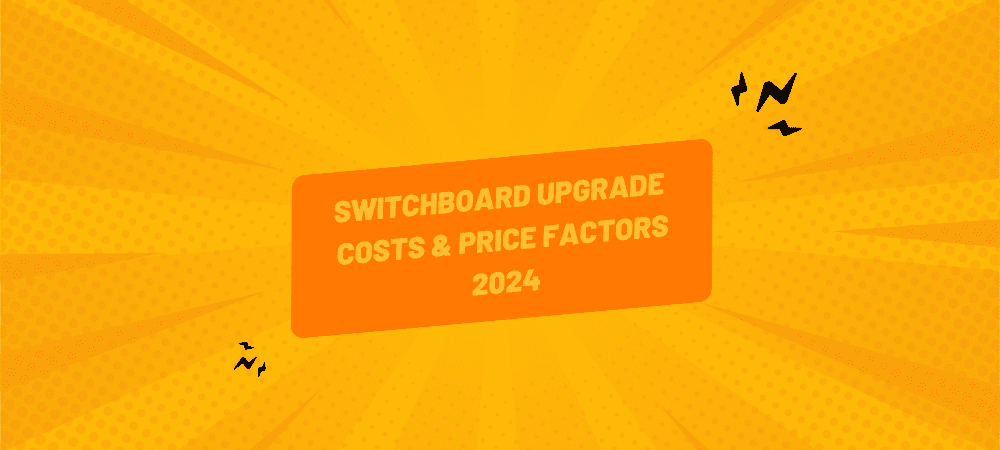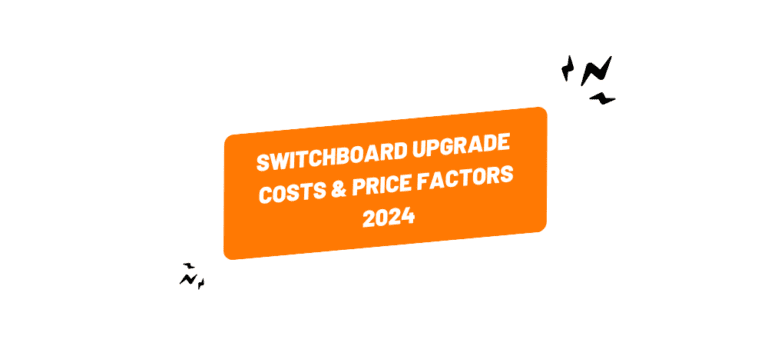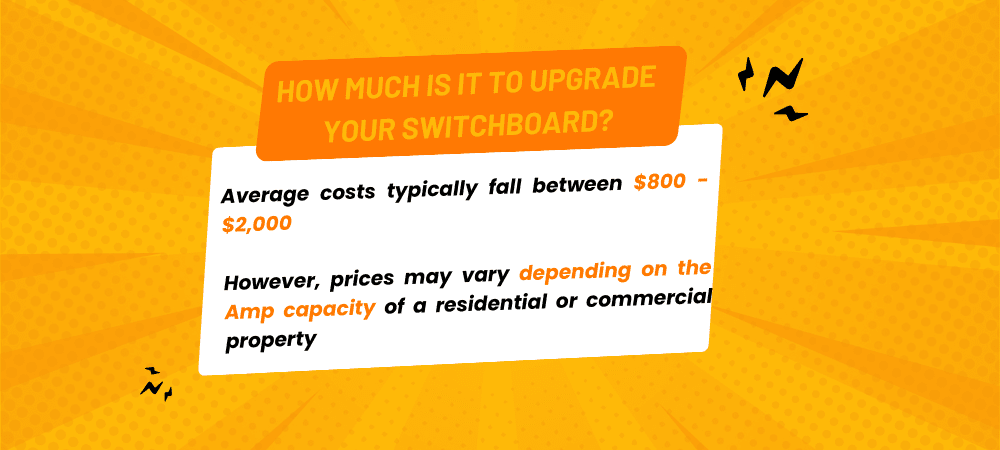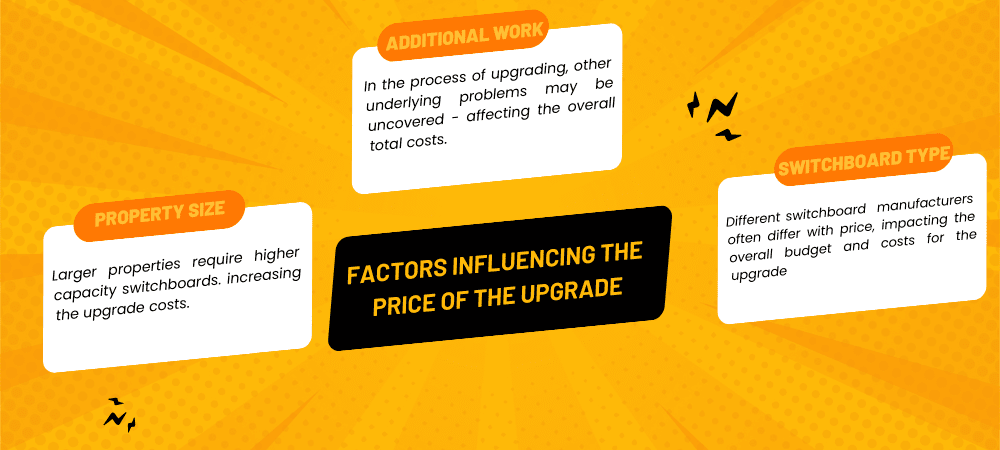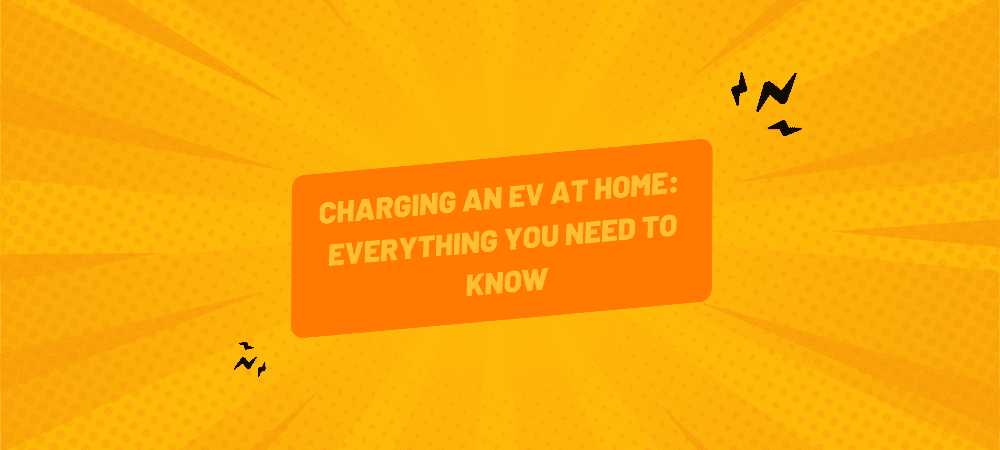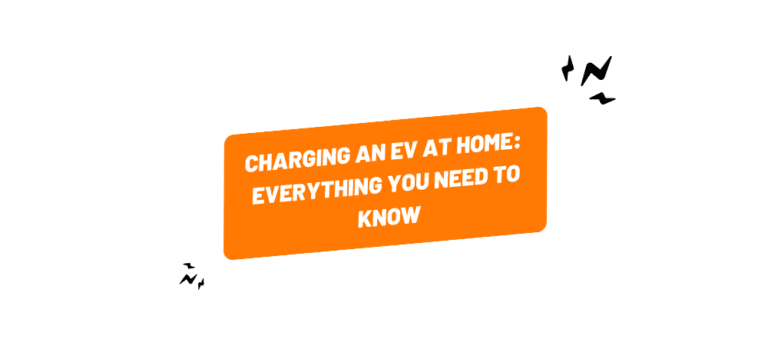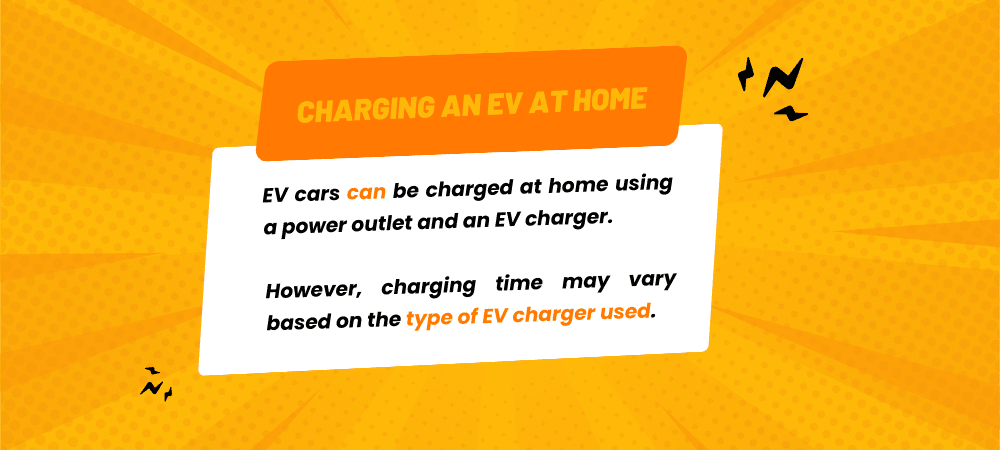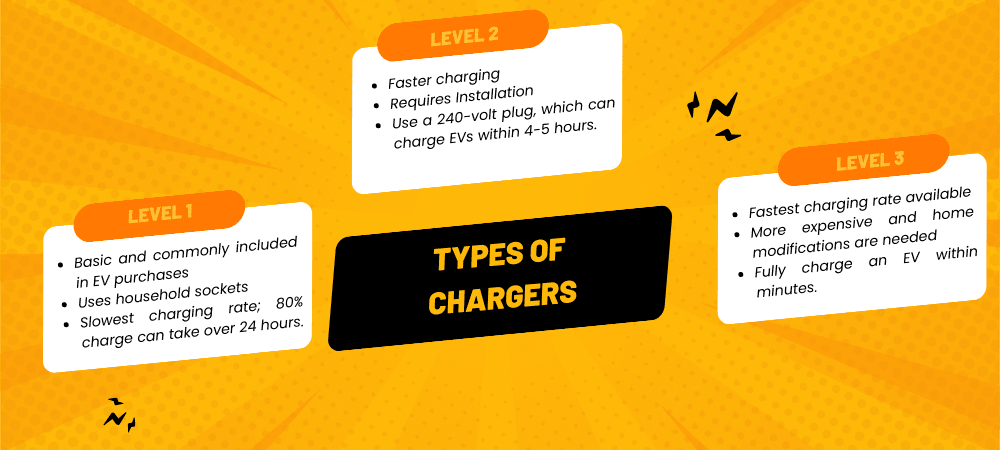Costs of Rewiring a House in Sydney – 2024 Price Guide
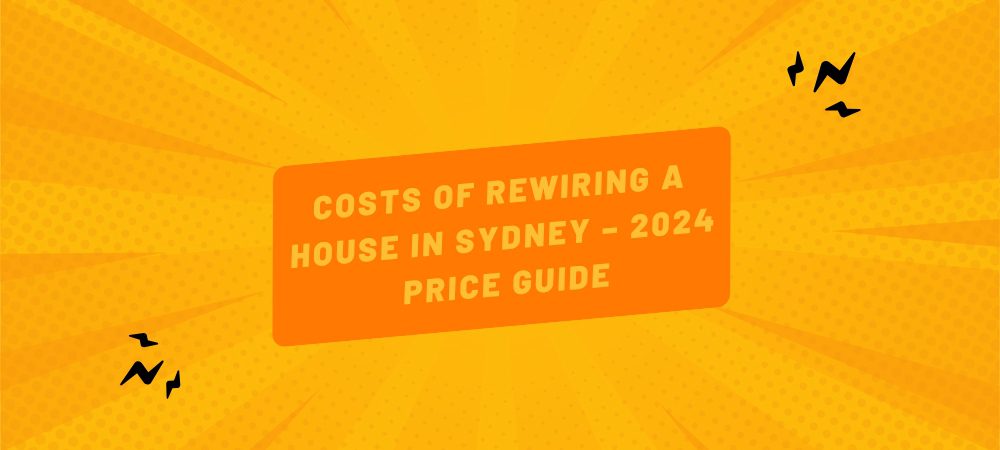
Rewiring a house is a huge undertaking that involves replacing all of the old, faulty wiring with new wiring. It’s a long-term investment that will ensure the safety and longevity of your home and electrical appliances.
Residential rewiring can be one of the most complex electrical projects. Costs involved will vary from home to home, but can end up costing upwards of $8,000, depending on the work required.
How much does rewiring a house cost in Sydney?
The average cost of rewiring a house in Sydney is between $3,500 to $8,000 for a medium-sized home. The size of the home is often the main factor affecting costs of rewiring — larger homes have more complex wiring layouts that will require more work and materials.
Rewiring cost estimates for different-sized homes:
- 2 bedroom house: $1,500 – $5,000
- 3 bedroom house: $4000 – 8000
- 4 bedroom house: $10,000 – $12,000
Costs will also come down to how much of the existing wiring needs replacing.
What’s involved in rewiring a house?
When properties are first built, the home’s electrical system is designed around the layout and functionality of the property, to ensure there is adequate power and placement of power for power points, lighting, and appliances.
Rewiring is usually required as the wires become older or damaged, or when the power and electrical system is not meeting the demands of the home.
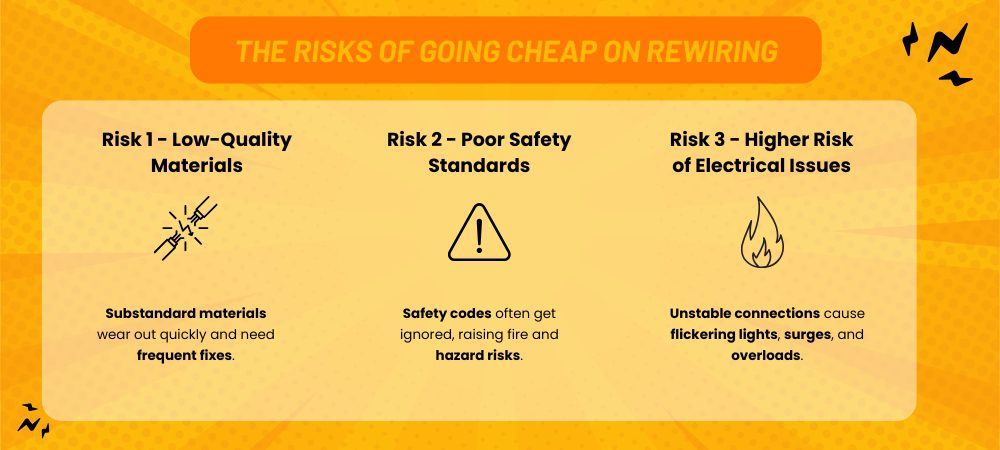
Step 1 - Wiring Inspection
Rewiring a house will first involve an inspection of the electrical system. This will involve a thorough assessment of the condition of the existing wiring to determine what needs to be replaced. Once we’ve confirmed the scope of work, we can then provide more details on the estimated timeline, the materials needed, and the outstanding electrical issues.
Step 2 - Removal of Faulty Wires
Next, it’s time to remove all old and faulty wiring. For safety reasons, this means the home will be disconnected from power during rewiring work. Once the old wiring has been removed, new wiring material will be installed into the walls, ceilings, and other parts of the home to reconnect outlets and appliances. Some structural work may be necessary to support the layout of the new wiring.
Step 3 - Installation of New Wiring & Switches
New switches and power outlets may also be installed in the process of rewiring the home to ensure compatibility with new wiring, and accommodate more devices or appliances. The existing switchboard may also need to be replaced to support the upgraded electrical capacity of the house.
Step 4 - Final Testing
After all installation work has been completed, we’ll then conduct a final test of the home’s electrical system to ensure that the new wiring is installed correctly. This will include checking the home’s switchboard, power outlets, and switches to confirm that they work well and within the appropriate safety standards.
Factors that influence the cost of rewiring a house in Sydney
Size of the house
Rewiring a large home will require more labour and materials than a smaller home, which will increase rewiring costs.
Complexity of the wiring
If the existing wiring of the home has been through multiple modifications (whether from DIY jobs or previous electrical rewiring services) it may pose more complications to determine the best way to carry out rewiring.
Electrical layout in your home
Most homes run on single phase power, which is sufficient to supply household appliances, lighting and devices. However, if the house has 3-phase power (or if rewiring involves an upgrade to 3 phase power), the scope of the work may increase — as will the cost.
Materials used
Electrical materials used in the rewiring project will also add to the cost. Higher quality materials (that will last longer) will be more expensive than cheaper materials that will need to be replaced faster.
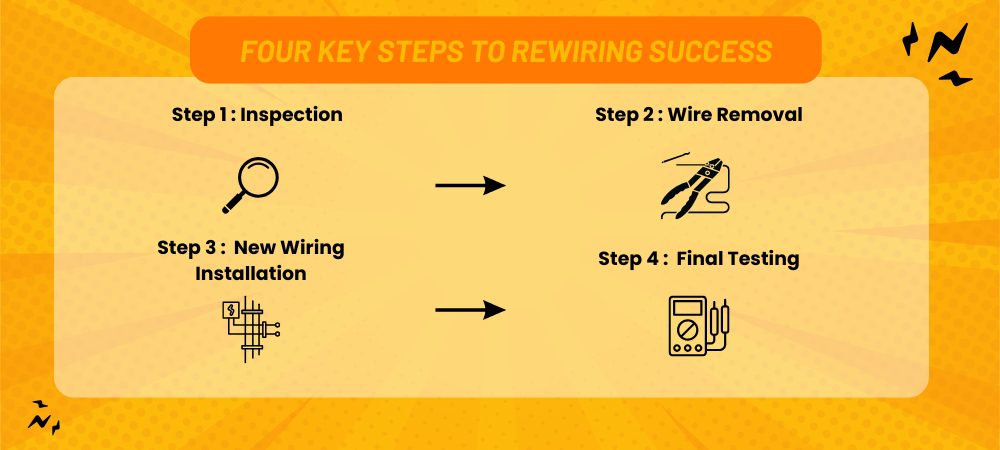
Why you should steer clear of cheap rewiring services in Sydney
It’s tempting to look into hiring the cheapest electrician to rewire your home. However, it’s important to remember that you’re putting the safety of your home and family into the hands of an electrician – and as the saying goes, you get what you pay for. A cheap electrician will offer low quality materials, a lack of care around safety, and ultimately, a job half done that will need to be redone in a matter of time.
Don’t run the risk of making the rewiring job more complicated than it needs to be. Hire an electrician you can trust to ensure that all electrical wiring is meeting your home’s demands, and your home is protected. Radiance Electrical are Sydney’s leading provider of electrical rewiring services – to learn more about our costs for rewiring a house, get in touch with our friendly team for a quote.
However, what these cheap rewiring services lack in cost is transferred over to a lower quality service in terms of expertise and materials used. You get what you pay for, and it’s never a good idea to cut costs on something as essential as a home’s electrical system. Cheap rewiring services will not only increase the likelihood of future electrical issues but also the incidence of hazards like electrical fires. Always choose to work with a qualified electrician you can trust to rewire a house.
Fill out form or contact us directly

Contact Form
"*" indicates required fields
